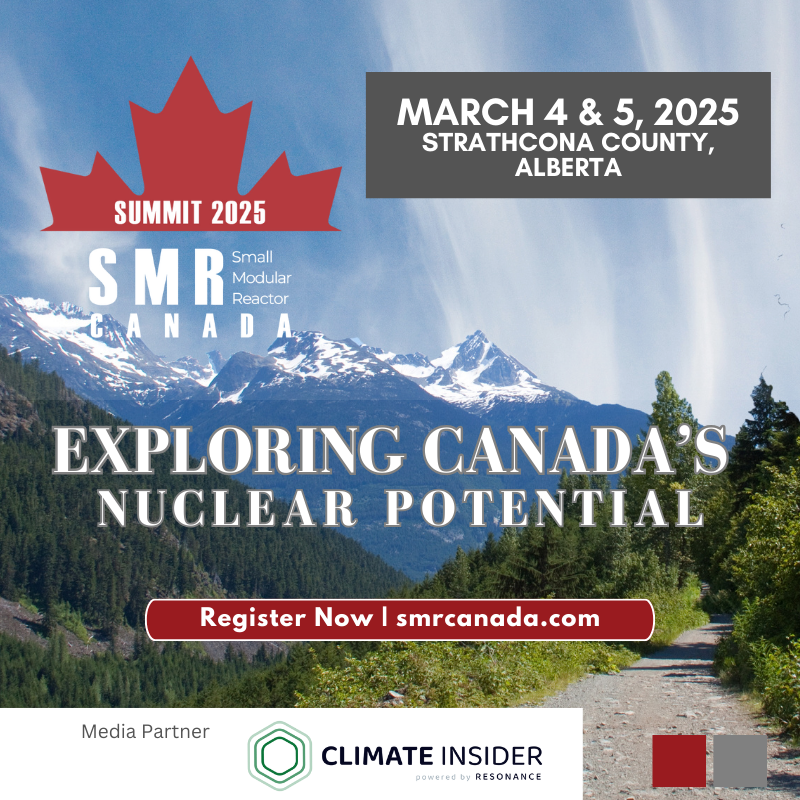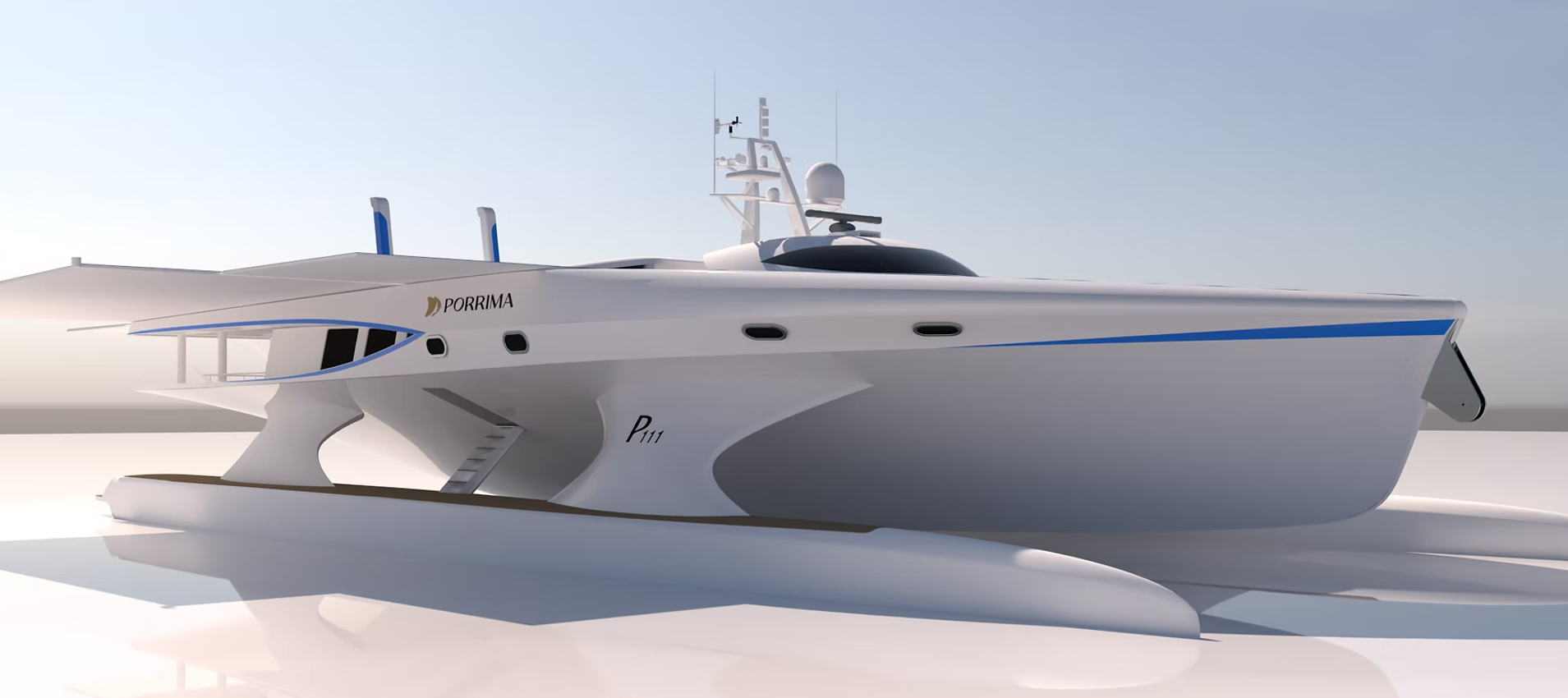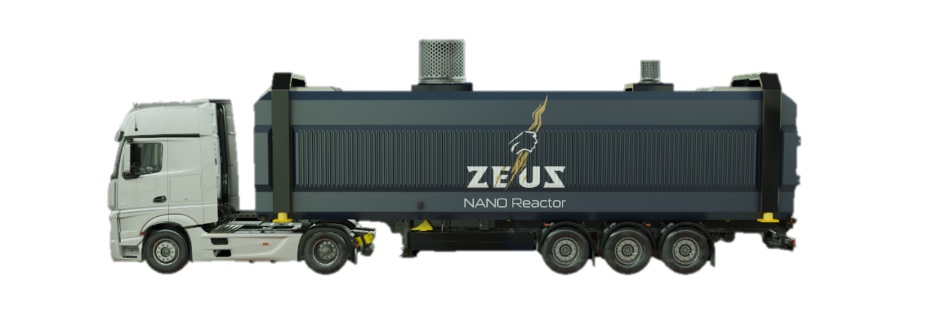Insider Brief
- Deep Atomic has entered the U.S. NRC Pre-Application Process to seek design certification for its MK60 small modular reactor (SMR).
- The MK60 is designed to deliver 60 MWe of power and 60 MW of integrated cooling, targeting data centers as a combined power-and-cooling solution.
- The company plans to deploy its first units in the U.S. by decade’s end, aiming to meet growing energy demands from AI and high-performance computing.
Deep Atomic, a nuclear energy startup specializing in Small Modular Reactors (SMRs) for data centers, today announced it has entered the U.S. Nuclear Regulatory Commission (NRC) Pre-Application Process for Design Certification of its flagship MK60 SMR. The MK60 is uniquely engineered to deliver 60 megawatts of electricity (MWe) alongside 60 MW of cooling capacity, making Deep Atomic the first SMR developer with a fully integrated power-and-cooling solution specifically targeting the data center industry. Engaging with the NRC marks a pivotal step toward licensing the MK60 in the United States, as Deep Atomic prioritizes the U.S. market for its initial deployments.
“We are thrilled to begin the NRC’s pre-application process for our MK60 reactor, a major milestone in bringing this game-changing technology to U.S. data centers,” said William G.J. Theron, Founder and CEO of Deep Atomic. “Our dual-purpose design not only provides carbon-free power but also harnesses waste heat for cooling, tackling two of the biggest challenges for large-scale computing facilities. By engaging early with the NRC, we are demonstrating our commitment to meeting the highest safety standards and expediting the path to deployment of our integrated energy solution in the American market.”
The MK60 is a Generation III+ pressurized light water reactor (PLWR) built on decades of proven nuclear technology and enhanced with modern passive safety systems for robust, fail-safe operation. Its factory-built, modular design allows major components to be manufactured and tested off-site, enabling faster construction and streamlined deployment at data center locations. Deep Atomic has optimized the MK60 for fast-track licensing readiness by leveraging established reactor principles and focusing on practical, production-oriented design features that facilitate efficient regulatory review.

What truly sets the MK60 apart is its integrated cooling capability. The reactor’s design repurposes low-grade steam and waste heat to deliver up to 60 MW of cooling through innovative integration with cooling systems—enough to support the thermal management needs of a large data center. This integrated heat reuse dramatically boosts overall energy efficiency and simplifies site infrastructure for data center operators. A single MK60 unit can thereby supply a data center campus with both reliable electricity and cooling, a first-of-its-kind offering in the industry.
Deep Atomic’s strategic focus is on the U.S. data center market for the initial rollout of the MK60. With operations in both the United States and Switzerland, the company is aligning its design certification efforts to U.S. regulatory standards early on. The engagement with the NRC’s design certification process will help inform final design adjustments and ensure the MK60 meets all U.S. safety and licensing requirements.
Deep Atomic aims to deploy the first MK60 units on American soil by the end of this decade, addressing the surge in energy demand from cloud providers, artificial intelligence (AI) clusters, and other high-performance computing applications with a sustainable, on-site power and cooling solution.
In parallel with its regulatory progress, Deep Atomic has published a white paper titled “Deep System Integration – Colocation Redefined,” which details the company’s advanced approach to integrating nuclear power generation directly with data center operations. The white paper illustrates how Deep Atomic’s engineered colocation model can greatly enhance energy resilience and scalability for digital infrastructure. It is available for download on the company’s website.








